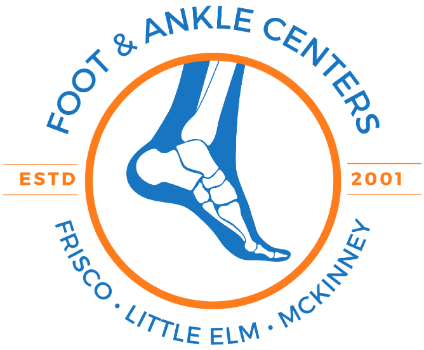Hammer Toe
Hammertoe is a progressive foot deformity that causes abnormal contracture of the toes. If you notice that your toe is bent like a hammer, then schedule your visit with our foot health experts at Foot & Ankle Centers of Frisco, Little Elm, & McKinney. Led by Mojgan Tavakoli, DPM, FACFAS, ABPM, and Horst Knapp, DPM, FACFAS, our practice offers some of the latest techniques and technologies to ensure the best outcome for your toe health.

What Causes Hammer Toe?
Hammer Toe is caused by an imbalance between the tendons on the top and bottom of the toe. Several factors can contribute to this imbalance, including wearing tight-fitting shoes or previous toe injuries. You may be more prone to developing hammertoe if you suffer from rheumatoid arthritis, diabetes, nerve and muscle damage, or have an inherited foot disorder like a high arch foot or abnormal toe lengths.

What If I Need Surgery?
Your doctor may recommend surgery if your hammertoe is too rigid or causes significant pain. At Foot & Ankle Centers of Frisco, Little Elm, & McKinney, we offer procedures that correct hammertoe effectively and safely. Your surgery may involve releasing and repositioning tight tendons, fusing the joints in the toe, or removing pieces of your bone in order to straighten the toe. Your doctor will work with you to determine the right surgery for your condition. To speak with one of our expert podiatrists about your treatment options, schedule your consultation today.
